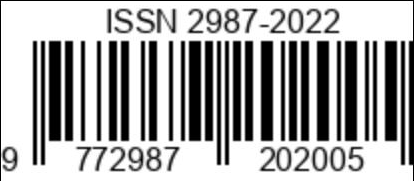Pengaruh Fasilitas, Tarif Dan Pelayanan Terhadap Kepuasan Konsumen Pada Usaha Perawatan Dan Kecantikan Di Salon Azizah
DOI:
https://doi.org/10.58437/mim.v11i2.110Kata Kunci:
leadership style, organizational culture, employee performanceAbstrak
The progress of companies depends on the leader in that company. Employees are factors of production that are always moving and always changing, have reason and feelings and motivation. Leaders need to pay attention to leadership styles in the process of influencing, directing the activities of their members and coordinating member goals and organizational goals so that they can be achieved. The results showed that there was a positive and significant influence between the variables of leadership style and organizational culture on employee. The condition of existing employees at PT. Sriwijaya Internet Service which consists of employees and hireling employees by contract, then the use of leadership style is different. For hireling employees at PT. Sriwijaya Internet Services, a leader applies a leadership style to manage his subordinates, because a leader will greatly affect the success of the organization in achieving its goals. All hireling employees at PT. Sriwijaya Internet Services tend to have high morals, can work together, prioritize work quality and can direct themselves, so that under democratic leadership it feels very suitable. Democratic leadership style for hireling employees at PT. Sriwijaya Internet Services is considered to be more suitable and appropriate to implement considering that with this democratic leadership style, the leadership can still receive constructive suggestions from employees that can assist in improving employee performance at PT. Sriwijaya Internet Services.
Unduhan
Diterbitkan
Cara Mengutip
Terbitan
Bagian
Lisensi
Hak Cipta (c) 2022 Majalah Ilmiah Manajemen STIE Aprin Palembang

Artikel ini berlisensi Creative Commons Attribution-NonCommercial-NoDerivatives 4.0 International License.
















